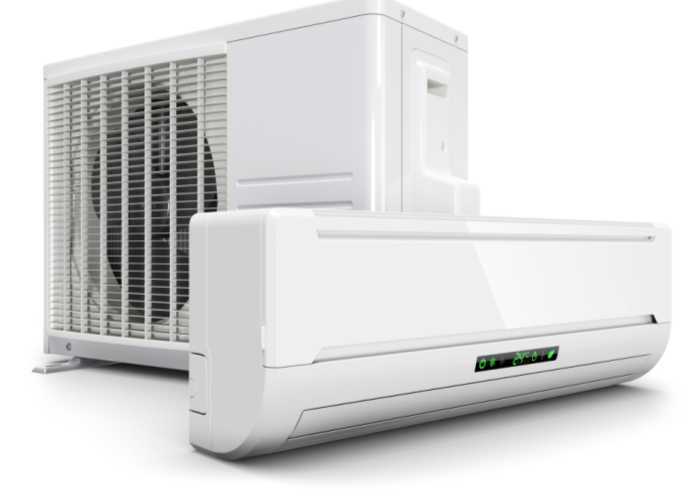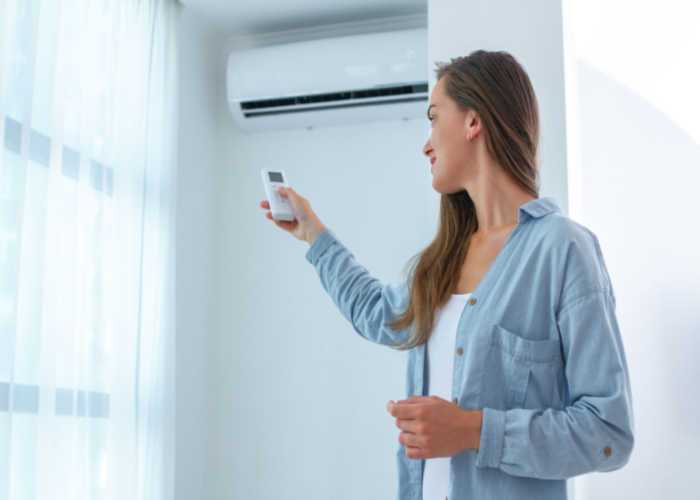With record breaking highs experienced in July, we’re all very much aware right now of how difficult it is to cope in extreme heat - particularly those of us who live here in the East Midlands, where temperatures reached as high as 40℃. And since we’re told to expect such extremes to become more prevalent, air conditioning systems look set to be an increasingly common site in UK households.
Whilst some people opt for portable units, those looking for a more permanent and energy efficient solution turn to split type AC. These are the systems made up of one (single split) or more (multi split) indoor units connected to an outdoor unit.
Installing such a system brings multiple benefits to the home environment - not least the fact it requires no significant construction work. So what exactly is involved in the process?

We won’t go into too much technical detail here, as we explain the component parts and their function in our post AC terminology: understand the working parts of your split type system.
What we will do is give you a simple overview of the installation process itself.
If you’ve chosen to work with a reputable company, an engineer will have conducted an initial site visit to provide you with an accurate quotation. As part of this visit, they will have discussed with you the best place to position your indoor unit(s).
There are a couple of rules that must be adhered to on this. The unit should be wall mounted and positioned at a minimum height of 1.8m from the floor. To allow sufficient and unobstructed airflow, there must also be 100mm of clear space surrounding the unit in all directions. It should also be established before installation that no pipes run across the proposed site.
The next step here is to fasten a metal mounting plate to the wall and drill a hole of around 65mm in diameter close by. The hole is where your engineer will run connecting cables for the external unit, before fixing the internal unit securely to the wall mount.
When positioning the outdoor unit, your engineer must make sure permitted development conditions are met and that the unit stands at least 100mm from the exterior wall.
It’s likely they will also recommend setting the unit on securely fixed brackets, lifting it off the ground to prevent potential damage from pooled rain water. Rubber fixing pads are then used to keep the unit firmly in place and dampen any vibrations.
After this, all wiring will be carefully inspected and the indoor and outdoor units connected.

With the system up and running, your engineer will then carry out comprehensive testing and commissioning to ensure optimum efficiency, and set it to your desired temperature. They’ll cover any loose cables with piping and fill any gaps for a neat and tidy finish.
They should also take time to talk you through your system’s functionality and controls leaving you with total confidence in your new investment.
For safety reasons, we strongly advise against DIY installation of split type AC systems. The process requires technical expertise, competence and quality control, and should only be carried out by a qualified professional. As well as protecting your home and family, you’ll also have peace of mind that everything has been done to the highest standard.
We’ve been installing air conditioning across Loughborough and the East Midlands for over 20 years. We offer a fully qualified, professional and friendly service with installation starting at £1,500 with 0% VAT.
